ClearView Plus
Get rid of a haze and add intensity to your photos in just a few clicks
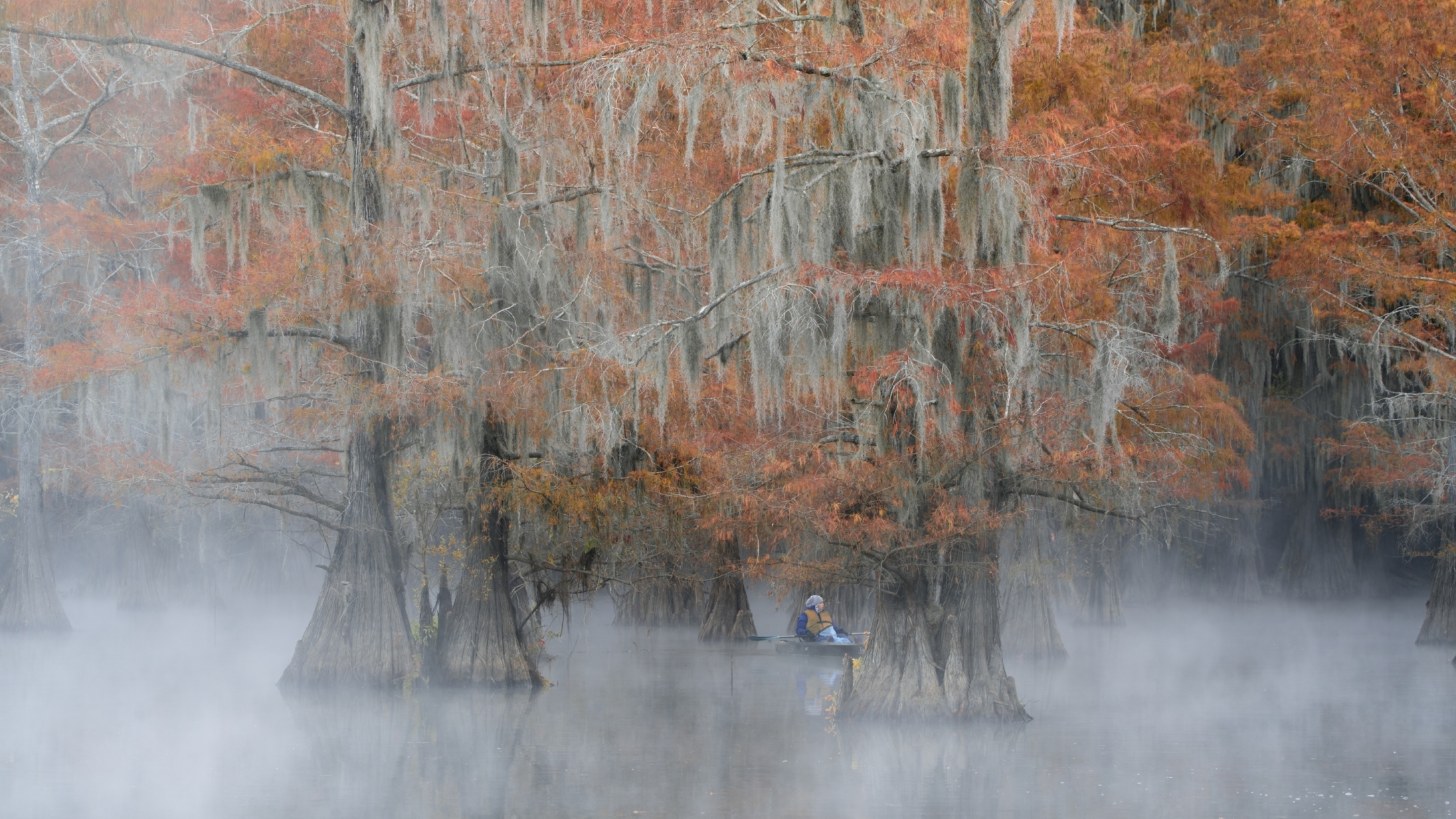
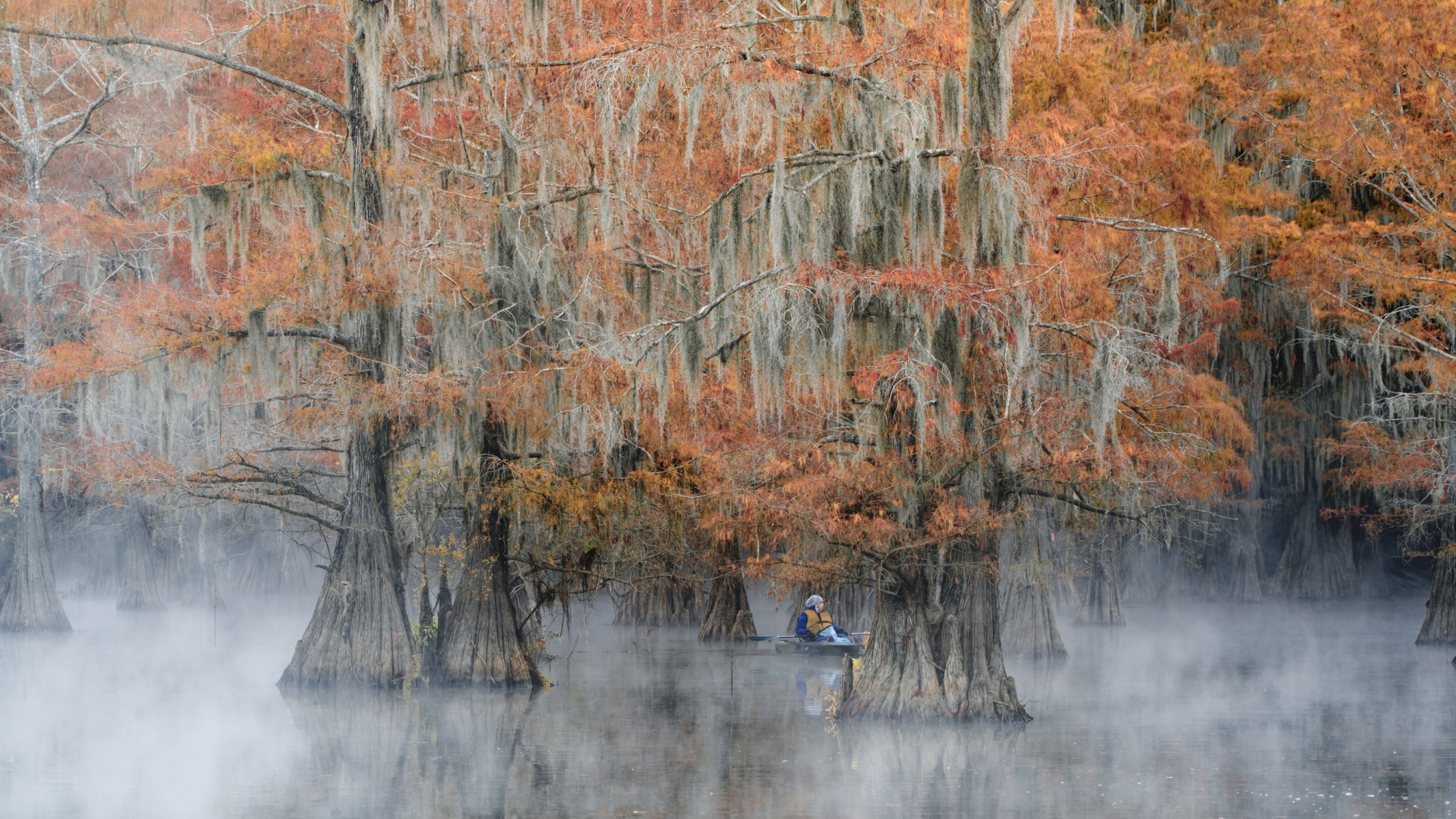
- Camera: Sony ILCE-7RM4
- Lens: 400mm f/4.5
- Parameters: ISO 200 - 1/25 - f/8 - 105mm
- DxO PhotoLab 6
We all want crisp, clear photos, but nature has a habit of getting in the way.
Haze, mist, rain, fog, smoke, and smog all reduce the transparency of the air, lowering the contrast and lessening the detail, no matter how good your kit, or your technique. Shooting through water can have the same effect.
In all cases,
In these situations,
What is haze?
To understand how ClearView Plus works, we first need to appreciate what haze is and the way it affects contrast.
Haze is characterized by the dispersion of light by particles in the air. Even on a clear day, the haze created by scattered light is very visible on objects that are more than two miles away. This is called ‘dry haze.’
When haze is created by the dispersion of light via water particles, we call it mist. If visibility is reduced to less than half a mile, we call it ‘fog.’
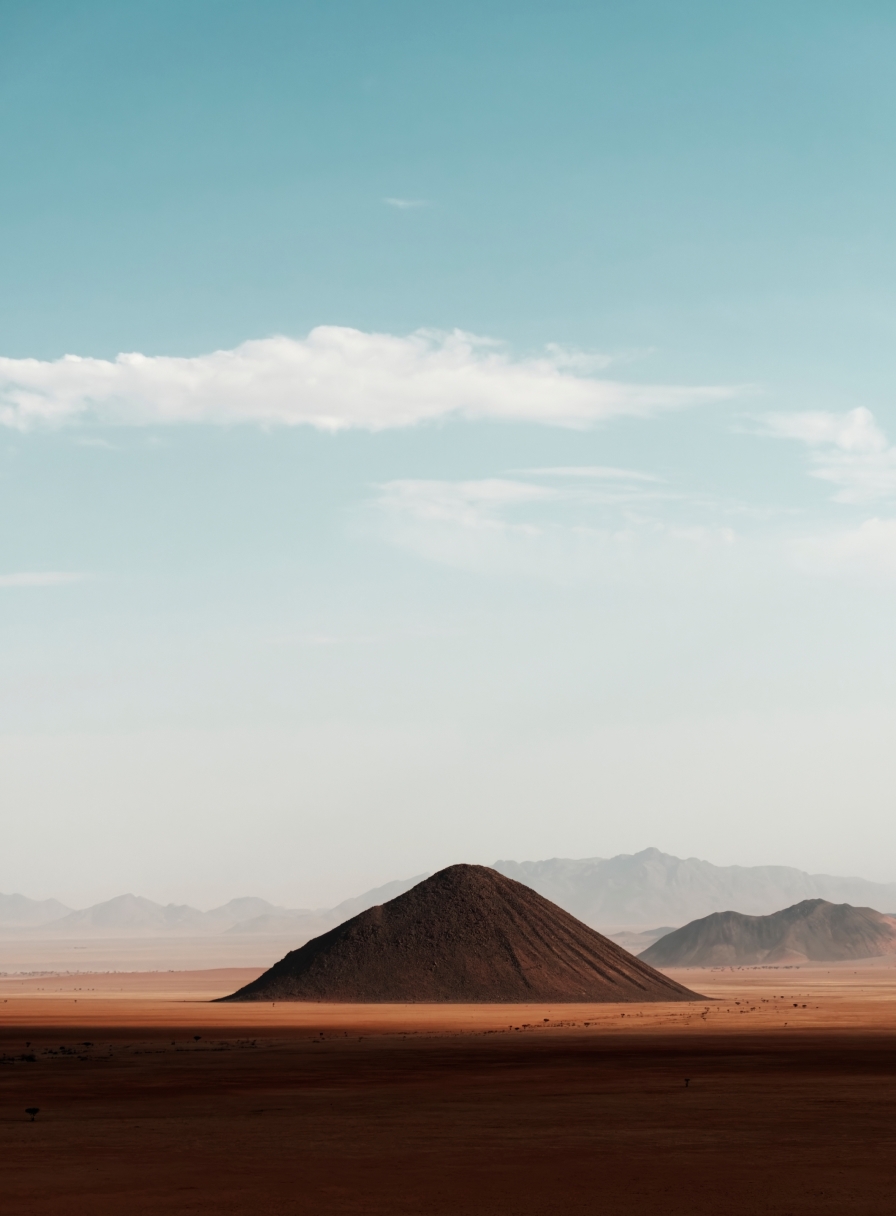

- Camera: Panasonic DC-G9
- Lens: 50 – 200mm f/2.8
- Parameters: ISO 400 - 1/6400 - f/5 - 100mm
- DxO PhotoLab 6
The diagram below shows how haze is caused. A portion of the light reflected by a subject into the lens – in this case, the light reflected by the building – is lost because it is

To compound matters, it’s not just light reflected by the subject that’s being scattered. In this case, light from the sun is also redirected by the particles in the air, this time towards the camera. In the diagram, this is represented by the blue arrows. The redirected sunlight leads to parasitic light in the photo.
How ClearView Plus removes haze and recreates contrast
In theory, to remove haze, you would need to know three things: the distance between the camera and each point in the scene; the amount of scattering; and the properties of the light source. Of course, in the real world, this information is not available in a photograph.
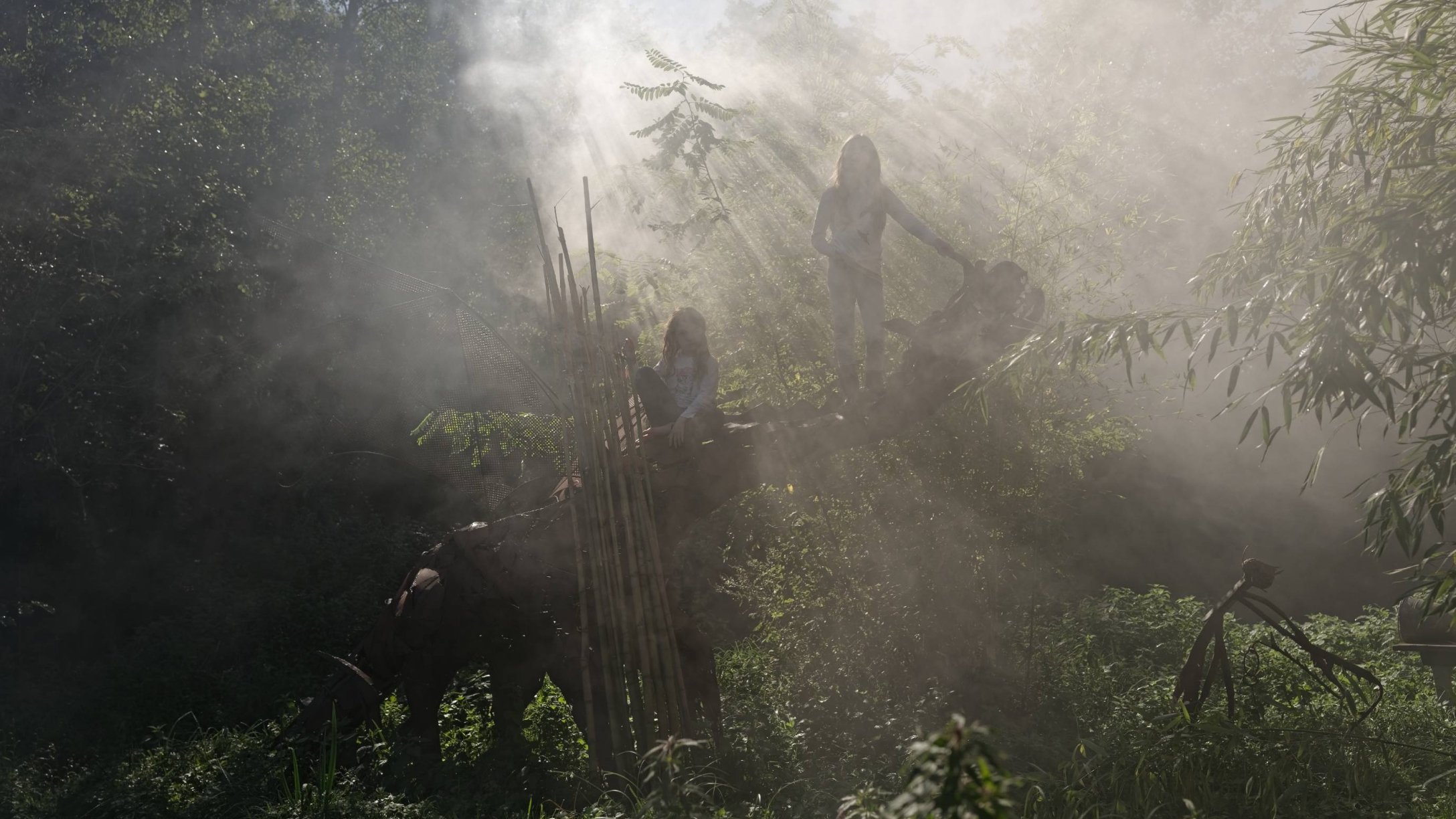
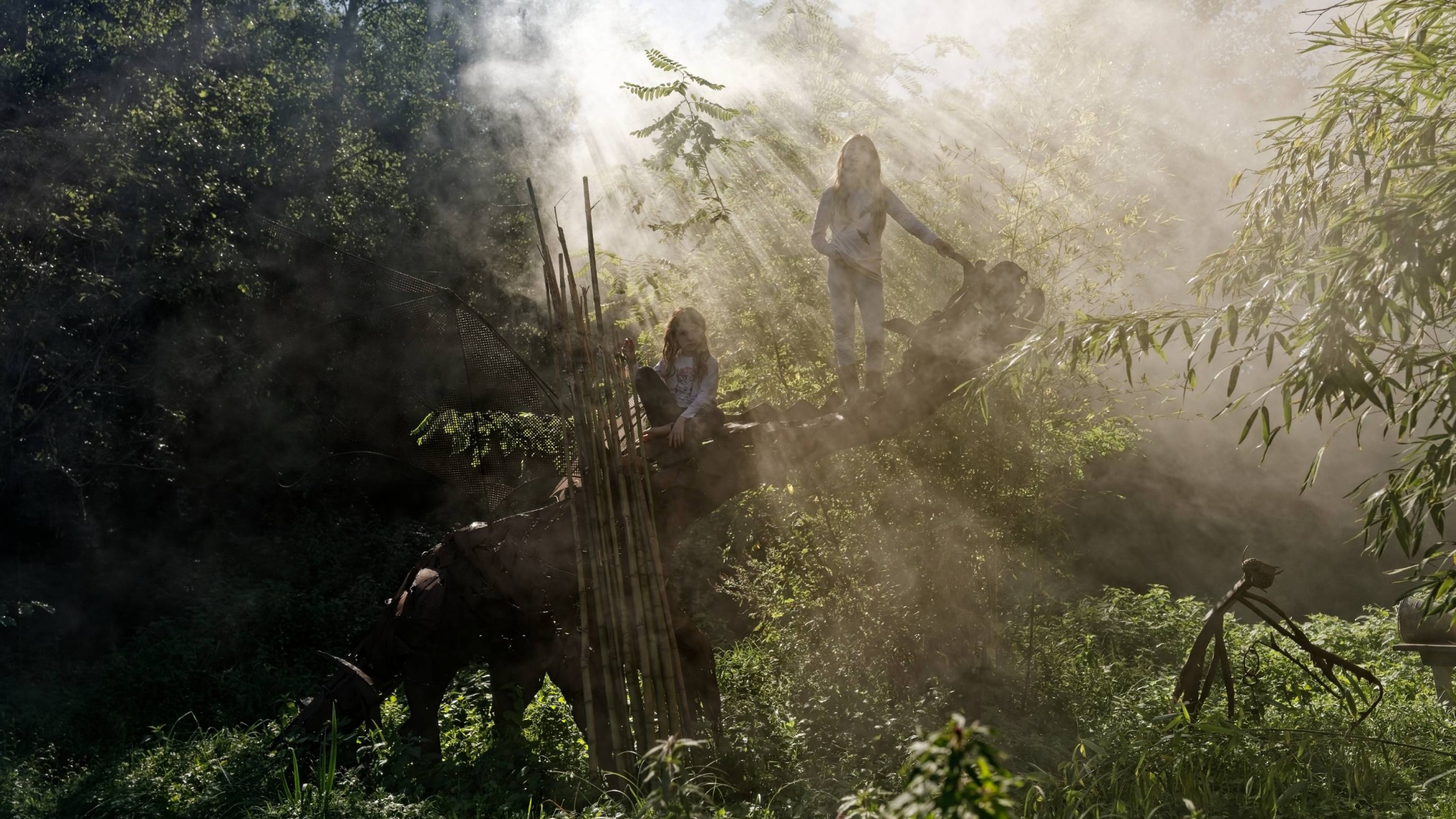
- Camera: Leica Q 116
- Lens: 28mm f/1.5
- Parameters: ISO 100 - 1/2500 - f/3.5 - 28mm
- DxO PhotoLab 6
To fix haze,
Not just for landscapes
ClearView Plus isn’t just good at bringing contrast back to landscape images; it’s also

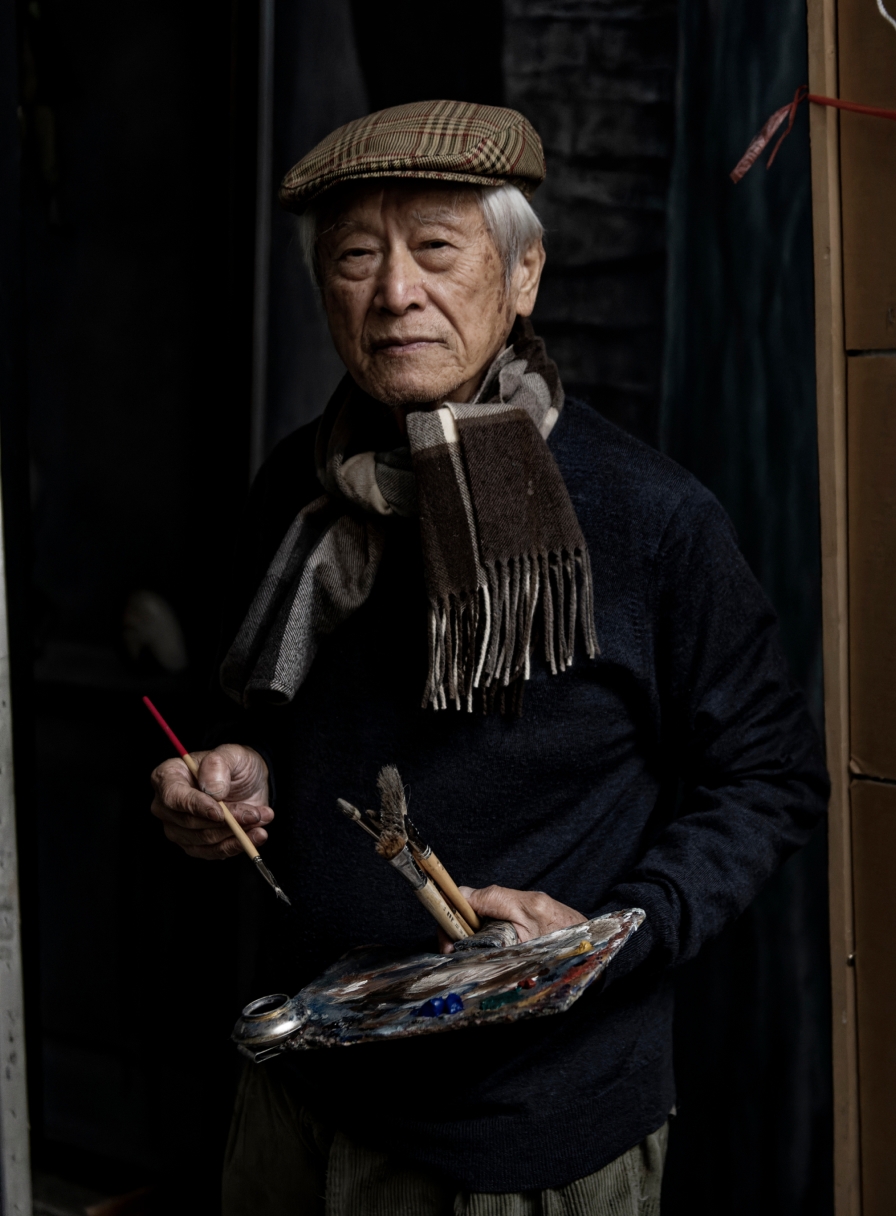
- Camera: NIKON D850
- Lens: 24 - 70mm f/2.8
- Parameters: ISO 2000 - 1/200s - f/2.8 - 44mm
- DxO PhotoLab 6

DxO PhotoLab 6
The most advanced, end-to-end, RAW photo editing software
